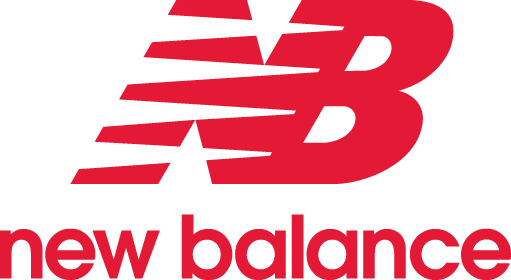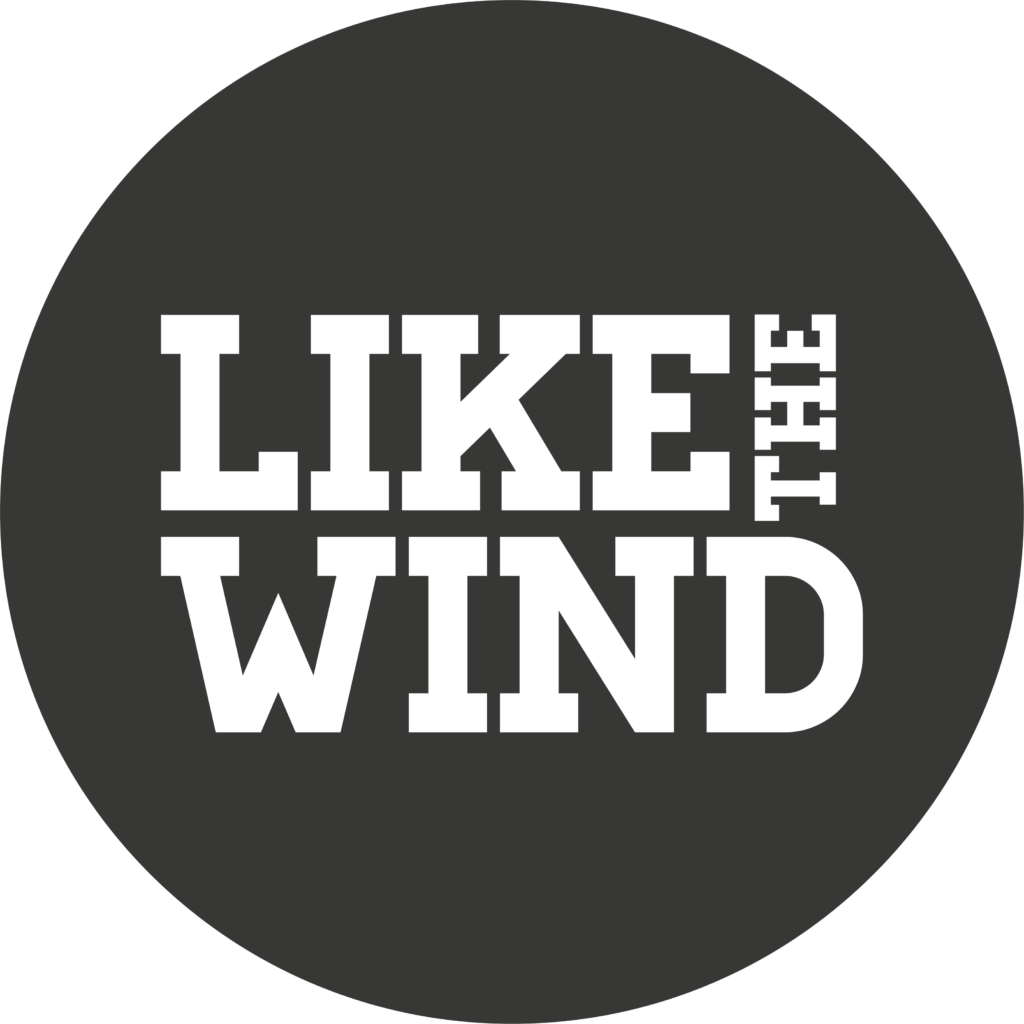Interviews with Fred Comte, Théo Detienne, and Maelle Beauvir – Photography by New Balance
Earlier this spring, we sat down with Fred Comte, director of Club des Sports Chamonix-Mont-Blanc, and New Balance trail athletes Théo Detienne and Maelle Beauvir, to explore what makes the Marathon du Mont-Blanc so special. Their insights shaped the story Valley Deep, Mountain High, published in issue 45 of Like the Wind. The following is an extended transcript of those conversations, some of which has been translated from French or lightly edited for flow and clarity.
Extended interview with Fred Comte, director of Club des Sports Chamonix-Mont-Blanc
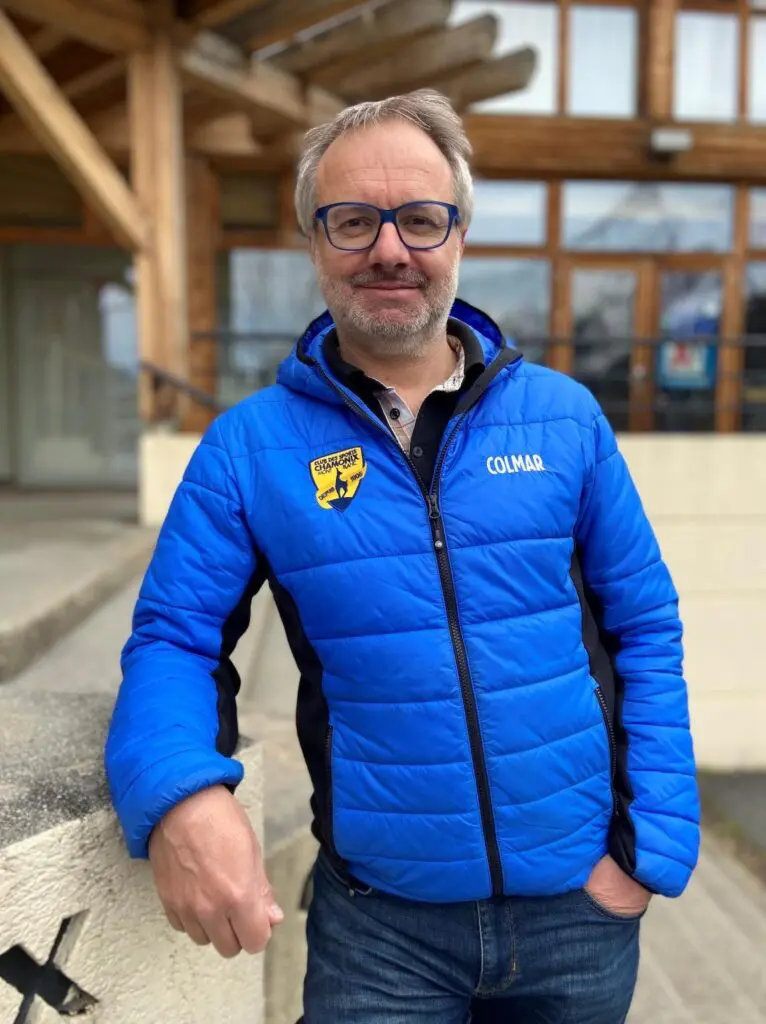
How long have you been involved in the Marathon du Mont-Blanc?
It’s been a while, I have a lot of white hair. I have been the race director since 2006, and I’ve worked at the sports club since 2000. I started working at the Ski World Cup, then I was assistant director in 2004 before becoming the director in 2006.
In your eyes, how has the event changed over the years?
The Mont-Blanc cross-country race was created in ’79, and was the event at the beginning of summer in Chamonix. It was the race we competed in when we were young, and the goal was to try to improve our time every year. So, we took part in events that are what we now call mountain races. There were already quite a few participants, about 1,000, with a strong emphasis on personal performance, and the pride was in achieving a time and a place.
This worked for years, until the 2000s when a volunteer said, well, it would be good if things moved on a little because it’s been around 20, 30 years and it’s always the same. So, that’s where the idea came from to do the Marathon by taking inspiration from races like the Jungfrau-Marathon. Our first edition in 2003 was a little strange since we ran for 19 kilometres on the streets of Chamonix, before we finished with the Mont-Blanc cross-country course.
Then, in 2004, we said to ourselves, “We can’t run on tarmac anymore. We have to make sure there’s a 42-kilometre course mostly on trails, and remove as much tarmac as possible.” And that’s what we did for the most part, 85 percent of the course. And then by 2005, it was almost 100 percent on the trails. We very quickly got into this notion of trail running. The word trail didn’t exist before, you have to keep that in mind. This Anglicism wasn’t in France, at least, and above all, neither was the philosophy of saying the goal is to do mass races that we can run alongside great champions, and the only goal is to finish. Very quickly, we arrived at the ultra-trails where the race wasn’t necessarily about setting a time. Because the ultra is, ultimately, very long, the simple fact of finishing the race is… it is a victory. So, for me, with that volunteer’s hindsight, it changed quite quickly.
And that’s why there was this boom in trail running. After that, there was a boom in races. More and more races were created and people were able to sign up for races very quickly, saying, “It doesn’t matter if I take a long time, we don’t care about time in the end.” The goal is to finish the race, which really changed mentalities.
What makes Chamonix valley so well suited to this kind of event?
Let’s not kid ourselves, the number one factor is the environment. You can run, especially in the Marathon or the 90 kilometres, always facing snow-capped mountains, which generally makes people dream. We have a magnificent backdrop, and Chamonix is a world-famous destination. I think it’s one of the premier destinations for sports. Of course, there’s obvious attractions like Mont-Blanc, but then we also have what is not talked about so much. For 50 years, the Chamonix town hall has created a team that really maintains the trails. We have trails that are of really great quality because they are mowed and raked all the time. If you compare them to other areas in France or abroad, where there will be lots of stones on the path, the Chamonix trails are generally well-suited to running because they are so well maintained.
So it’s a team effort – why do you think they are so dedicated to maintaining the trails and the area?
There are more than 20 members of the team in the commune, and they maintain all the trails, including the access trails to the refuges. This work ensures these routes are safe, so there’s a real desire to maintain them. That doesn’t prevent them from being steep though! These paths that used to be mule tracks that allowed access to the mountain pastures, and the guides used to take their clients on foot or by mule. There were a huge number of paths in the past, and they go in all directions, so it’s important that they are maintained as paths. So that’s a real asset that allows for varied routes, and then, to come back to our running, we then have some very, very beautiful views on the courses. When we run at the end of June in the grass with Rhododendrons that are in bloom, and then in the background, there’s the mountain, all white – that’s really quite an image.
What does the partnership with New Balance bring to the sports club?
When New Balance approached us and we spoke to our team about it, we immediately felt we had the same philosophy; that we were hands-on people who wanted to do things well, without over-hyping it, without saying we were the best, or wanting to distort the event. So, we got along very well on that, and today, this new partnership has clearly given us a second wind. It’s really given us a boost, actually. I wouldn’t go so far as to say we were falling asleep. We’ve always been pretty active, but this has really given us a boost, and a bit of a smile, especially since they’re very close to us and they really want to do things with us. We have a lot of new ambitions. Once again, we absolutely don’t want to distort the event. The number of races has been frozen for 10 years, so we’re trying to reinvent ourselves with a lot of energy, a lot of desire. And in this regard, we understand each other, and it’s really easy to work together. And we hope that we continue with them to position the Marathon as a must-see event in trail running, in France, but especially internationally, by saying that it’s a great event that’s as eco-responsible as possible. We want this event to remain on a human scale. We’re an association, we have values, we have human values, values of sharing, which are important, and we don’t want to distort that.
Extended interview with New Balance trail athletes Théo Detienne and Maelle Beauvir
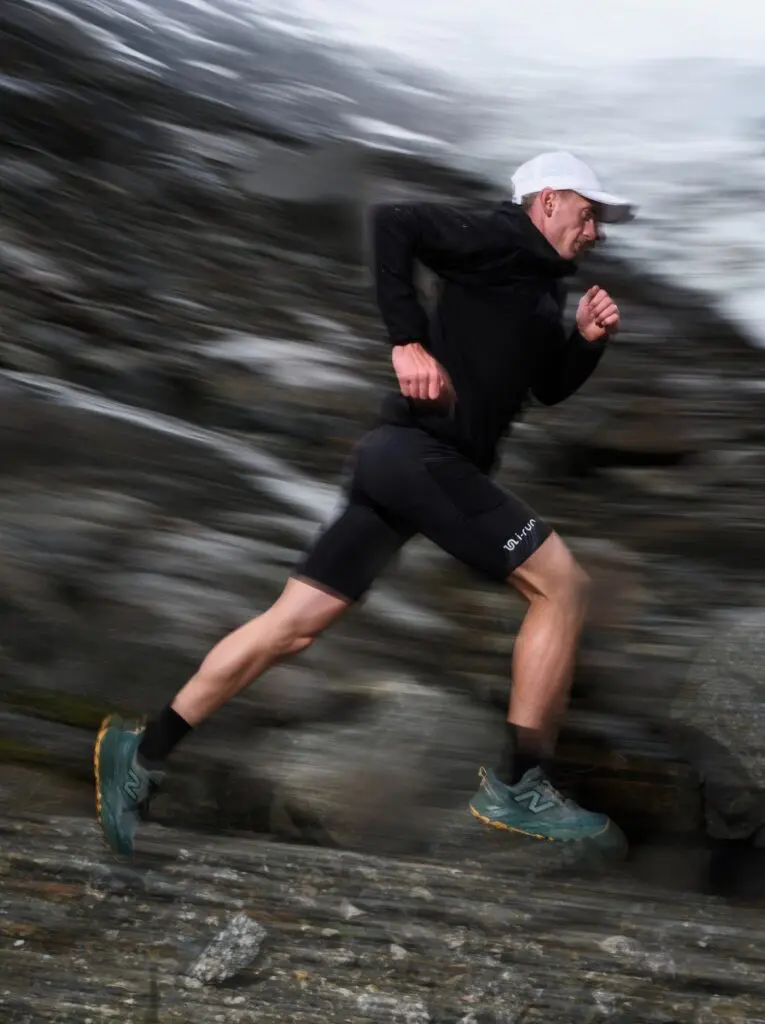
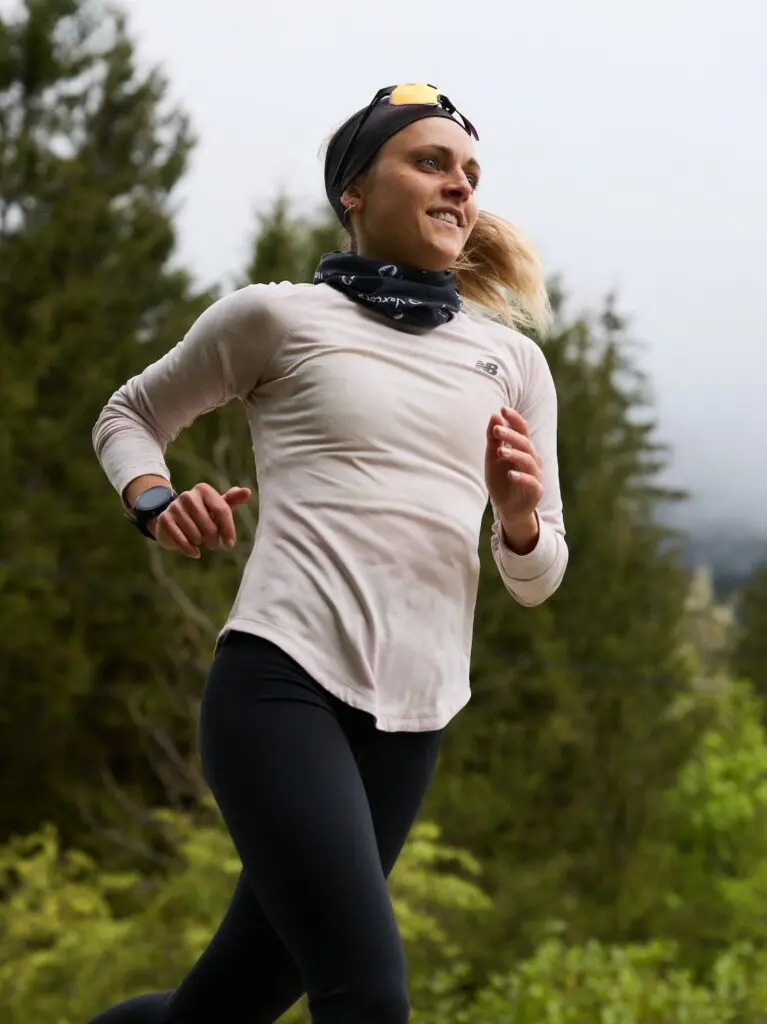
What makes the Marathon du Mont Blanc special?
Théo: What I really like about it is that it’s really a mountain-style race. That is to say, the environment is mountainous, the trails are technical. And there are a lot of elevation changes. I prefer races a bit like that. Danger everywhere. You have Chamonix on one side, you’re facing the Mont Blanc massif, you’re in the Aiguilles Rouges. It’s incredibly wild. And that’s something I’ve never found that anywhere else.
Maelle: I’ve started to look at the course and it seems that you have to be pretty well-rounded in this race. There’s the whole beginning, which is super fast, but also big, steep climbs and some slightly technical descents. You have to be good at everything. And I think you have to be quite strategic.
What is your impression of Club des Sports de Chamonix’s involvement in the race?
Maelle: [Fred Comte] is very, very involved in the idea of supporting young people.
Théo: Can we define ourselves as young? Not necessarily. But I was lucky enough at the beginning of the year to have a meeting with the sports club and all the race partners. They organise a lot of events and they promote this youth aspect. Because, in fact, it’s simply the future of the discipline, beyond just supporting existing athletes. They have this vision for the future, where they want to support and encourage young people to progress to become the future athletes of tomorrow.
Maelle: What’s also interesting about having an event like this in Chamonix is that young people can be in contact and potentially talk with the elite athletes. It’s really great for the young people to be able to interact with them, or even just to meet them or see them with their eyes full of stars. And it’s a bit motivating for the future too.
Tell us about the sustainability practices done by Club des Sports de Chamonix for this race.
Théo: They gave us a whole presentation on the evolution of sustainability within the organization since the race’s creation. Each year, they have added things to do to preserve the environment and the surroundings here. In particular, the biggest effort they’ve made and the most complicated, in my opinion, is the use of public transportation in the valley. They really emphasize public transportation. The advantage here is that the bus and train network is extremely developed. The race organizers make sure that it’s used as much as possible.
Is it important for you that the race has such a long history, beginning in the 1970s?
Maelle: I think it’s really cool to be able to see the evolution of those who have run before and behind me. I’m talking more about performance, but also about all the elites who have run before and behind. You can compare yourself and interact with people who have already run the course, because it started a long time ago.
What are your goals for the race this year?
Maelle: Since this will be my first time doing the Mont Blanc Marathon, that will be my goal for the year in terms of running. In terms of placing goals, I’m going more to give the best of myself. I hope to achieve a good place, but I can’t give exact numbers. But that’s the goal.
Théo: Last time, I came in fourth. I want to do better than fourth. I hope to do better than the last ones, that’s for sure. We’ll work with the day and see how it goes. We’ll train in a variety of conditions, in case disgusting weather happens on the day itself.
Maelle: We’ll come here at the beginning of June and May with New Balance to really prepare for the race.
